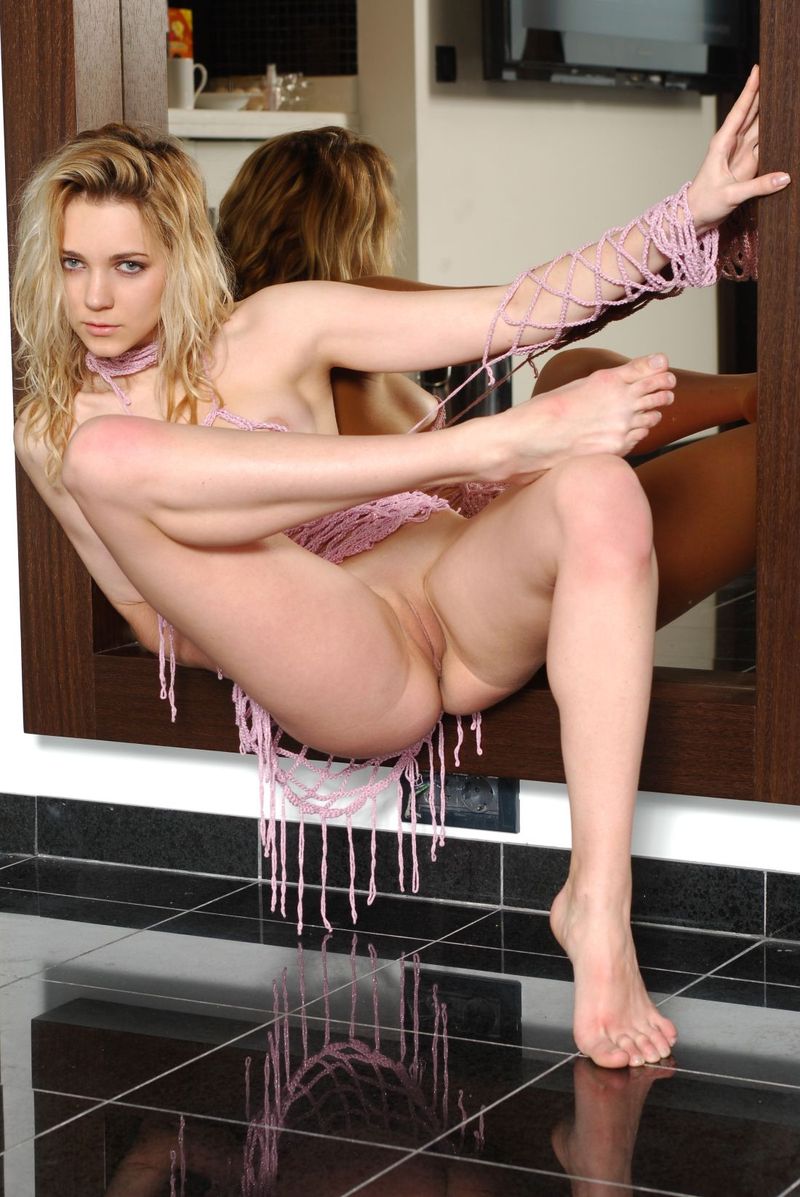|
|
Golden Blonde Girl In Front Of The Mirror At Home
|
In the prologue to the Prose Edda, both Thor and his wife Sif (from Norse mythology) are described as fair-haired. In the Poetic Edda poem Rígsþula, the blond man Jarl is considered to be the ancestor of the dominant warrior class. In Northern European folklore, fairies value blonde hair in humans. Blonde babies are more likely to be stolen and replaced with changelings, and young blonde women are more likely to be lured away to the land of the fairies.
In European fairy tales, blonde hair was commonly ascribed to the heroes and heroines. This may occur in the text, as in Madame d'Aulnoy's La Belle aux cheveux d'or or The Story of Pretty Goldilocks (The Beauty with Golden Hair), or in illustrations depicting the scenes. One notable exception is Snow White who, because of her mother's wish for a child "...lips as red as blood, skin as white as snow, hair as black as ebony," has dark hair. This tendency appears also in more formal literature; in Greek mythology, Aphrodite, is the goddess of love and beauty and also had "golden hair" (e.g. according to an Oxyrhynchus Papyri attributed to Ibycus, Hesiod's Theogony, and also centuries later in Coluthus' "Rape of Helen").
In Miguel de Cervantes' Don Quixote, the ideal beauty is Dulcinea whose "hairs are gold"; in Milton's poem Paradise Lost the noble and innocent Adam and Eve have "golden tresses", the protagonist-womaniser in Guy de Maupassant's novel Bel Ami who "recalled the hero of the popular romances" has "slightly reddish chestnut blond hair", while near the end of J. R. R. Tolkien's work The Lord of the Rings, the especially favourable year following the War of the Ring was signified in the Shire by an exceptional number of blonde-haired children.
In contemporary popular culture, it is often stereotyped that men find blonde women more attractive than women with other hair colors. For example Anita Loos popularized this idea in her 1925 novel Gentlemen Prefer Blondes. Blondes are often assumed to have more fun, for example in a Clairol commercial for hair colorant they use the phrase "Is it true blondes have more fun?" Some woman have reported after lightening their hair they feel other people expect them to be more fun-loving. The "blonde stereotype" is also associated with being less serious or less intelligent. This can be seen in blond jokes. It is believed the originator of the "dumb blonde" was an 18th century blonde French prostitute named Rosalie Duthe whose reputation of being beautiful but dumb inspired a play about her called Les Curiosites de la Foire (Paris 1775). Blonde actresses have supported this role; some of them include Marilyn Monroe, Judy Holliday, Jayne Mansfield, and Goldie Hawn during her time at Laugh-In. Alfred Hitchcock preferred to cast blonde women for major roles in his films as he believed that the audience would suspect them the least, comparing them to "virgin snow that shows up the bloody footprints", hence the term "Hitchcock blonde". This stereotype has become so ingrained it has spawned counter-narratives, such as in the 2001 film Legally Blonde in which Reese Witherspoon succeeds at Harvard despite biases against her beauty and blonde hair.
|
|









